Independent filming on the rise?
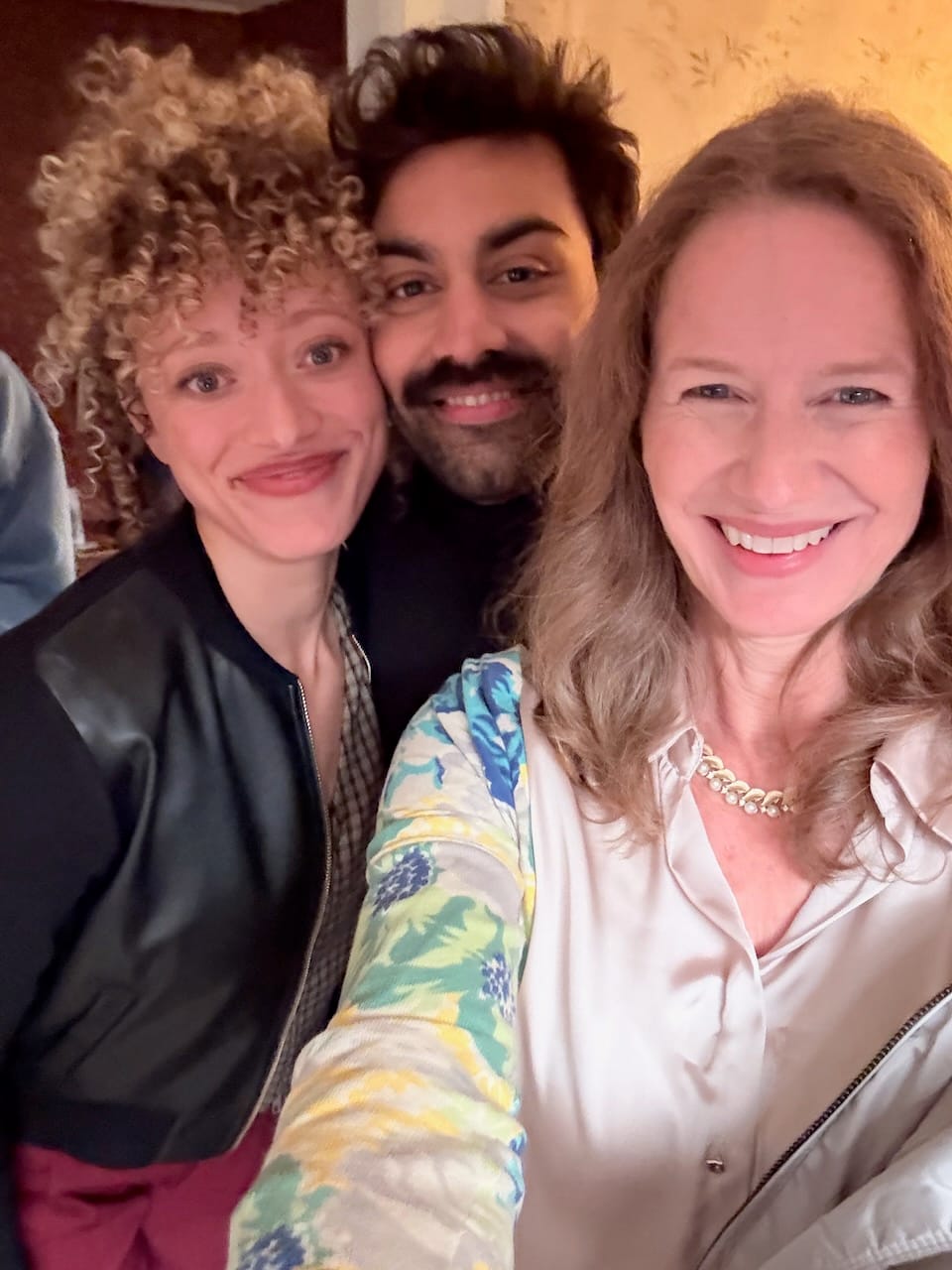
In my last posting, I promised a discussion of owning your type and embracing your niche. More on that in the next newsletter!
After not working for almost 2 years (a first for me in a 30+ year career), I have been acting in movie after movie. It started in late August with a 1-day shoot for a 10-minute proof of concept for a feature film, Boy Genius. As I was on set playing the dream role, I received a text saying I'd been hired for couple of weeks on Claws, a feature in Upstate NY. The next day, I got an email saying I'd gotten offered another 3 weeks as another lead in a feature in St. Francisville, LA. While filming there, I received another text asking if I was free in December for a 1-day part in a feature. So... what changed?
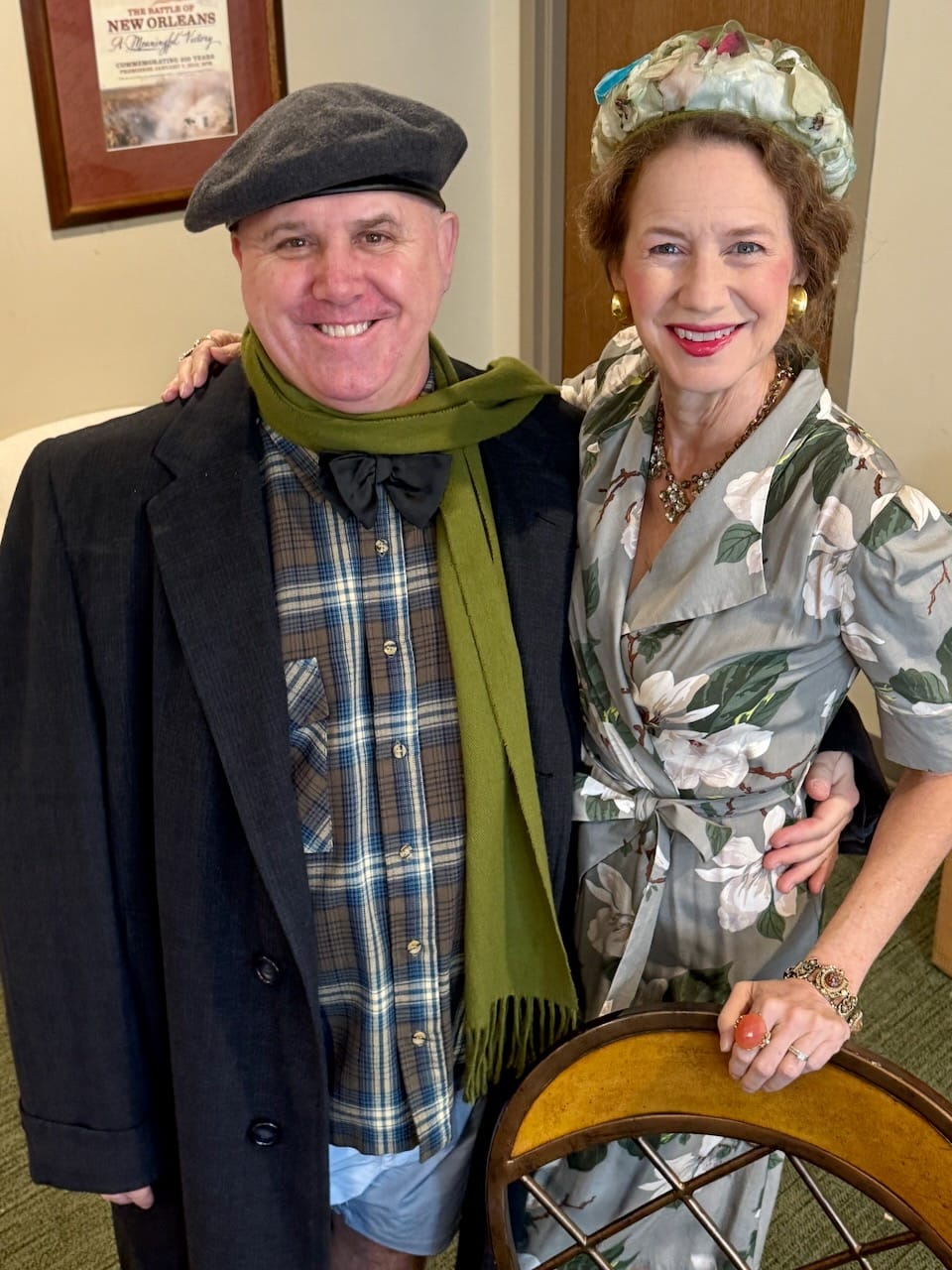
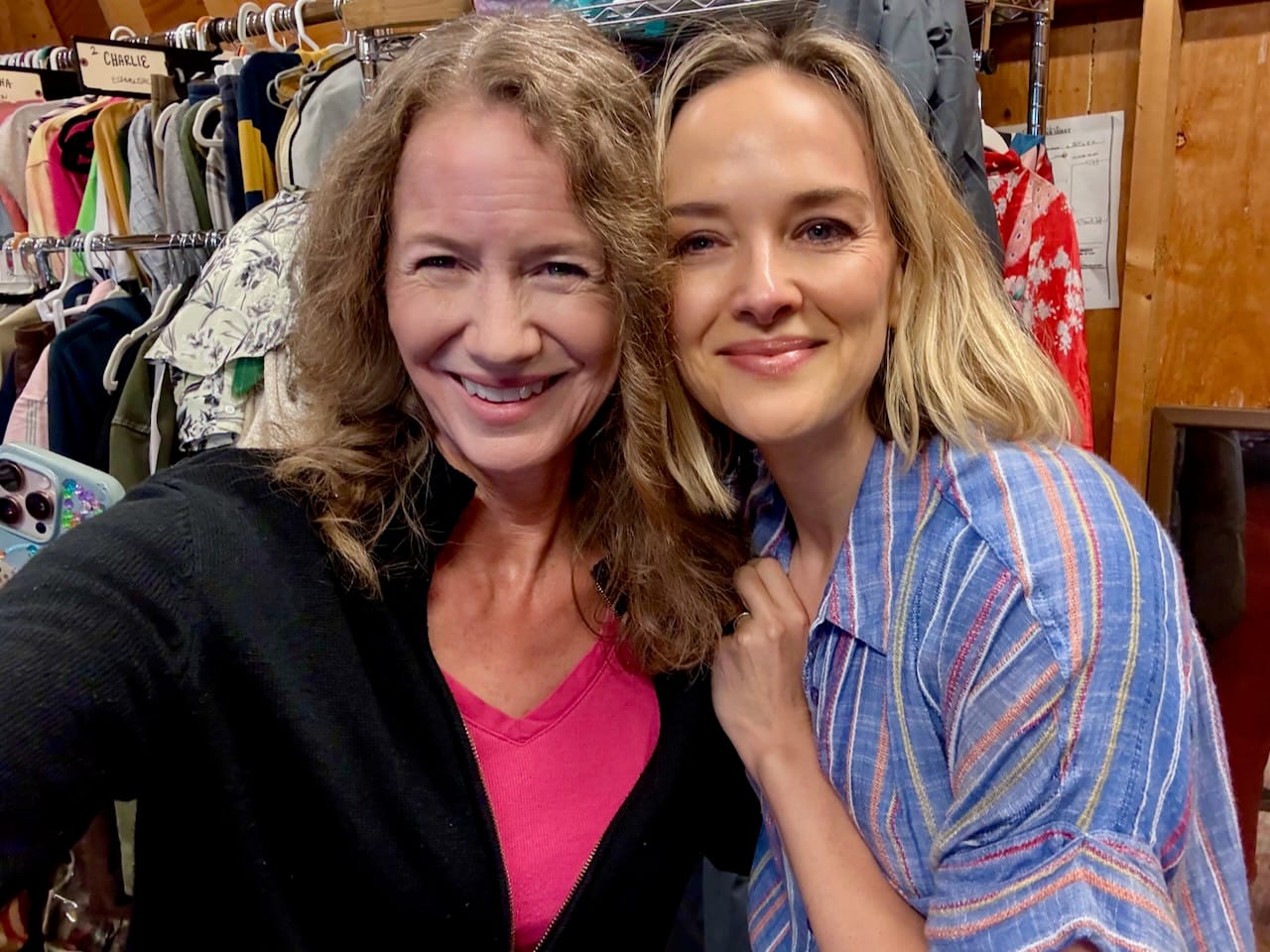
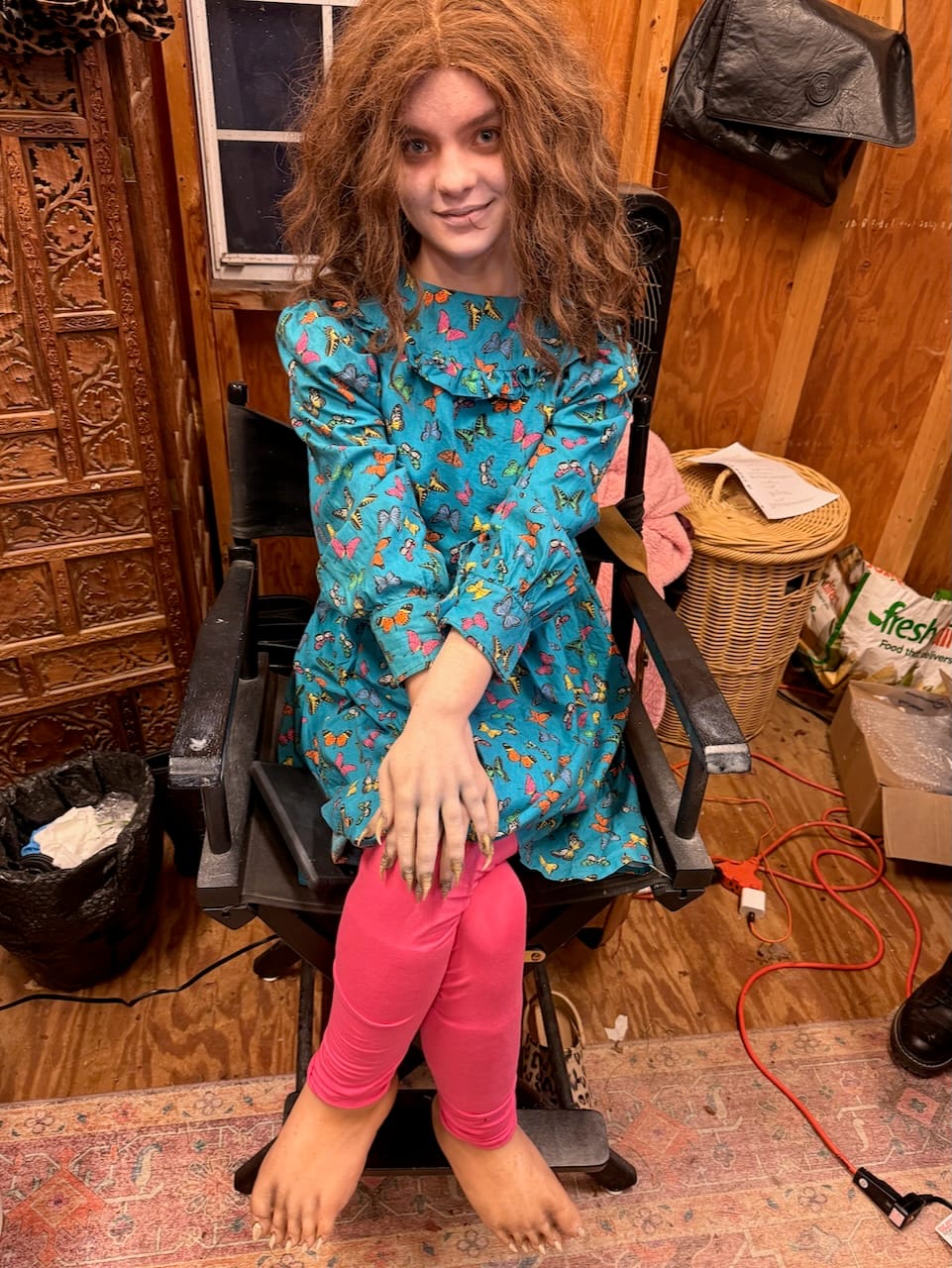
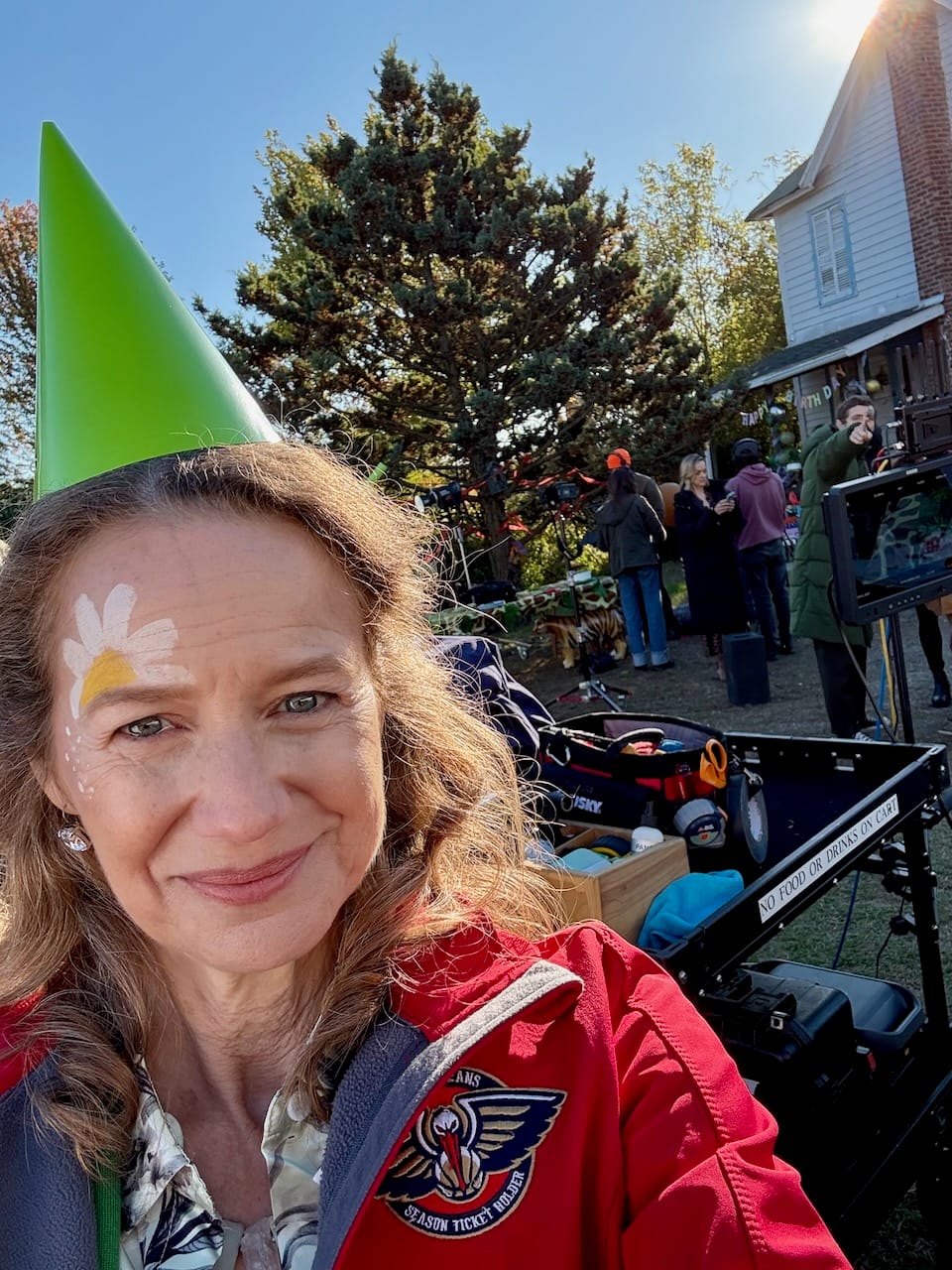
Boy Genius, Claws
The dry spell
Our country's media and entertainment industry is the largest in the world. It's also one our nation's largest exports – outpacing agriculture, aerospace, and chemicals. Even as the industry feels like it's cratering, it's still our highest impact national and global economic driver, adding trillions to our economy and employing millions of workers.
In 2020, COVID spread across the planet, shutting down movie theaters and other places people gathered. No shows or movies filmed for months. Anywhere. Global theatrical revenue dropped by over 70%. As more people had to entertain themselves at home, streaming gathered steam.
Get a subscription to the Writing Unblocked Newsletter and get the Writing Unblocked ebook as my gift to you
While the industry reopened and evolved (hello self-taping), we shut down again for about 6 months for the double whammy of the writers strike and actors strike of 2023. The unions struck over 3 main issues:
- wages and working conditions
- streaming compensation and transparency
- AI being used to replace actors and writers
Like with the pandemic, the strikes' shutdowns had aftereffects and a slow ramp-up from the work loss. By the time COVID testing and the strikes ended, casting directors had stopped meeting actors in person, movie theaters struggled to lure people from streaming in their living rooms, and AI was beginning to hit its stride.
Then January 7th this year, the devastating Palisades Fire hit Los Angeles, killing at least 12 and destroying nearly 7,000 homes and businesses.
A few months ago, Tilly Norwood was cobbled together from data and presented as the first AI-generated actor.
The work I'm getting
All 4 of the movies I'm doing are truly independent. There's no studio paying the bills, no guarantee any of them will be in theaters before hitting streaming. The day rate can be as low as 30% of the standard union contract minimum. Forget about trailers and other hard-won norms.

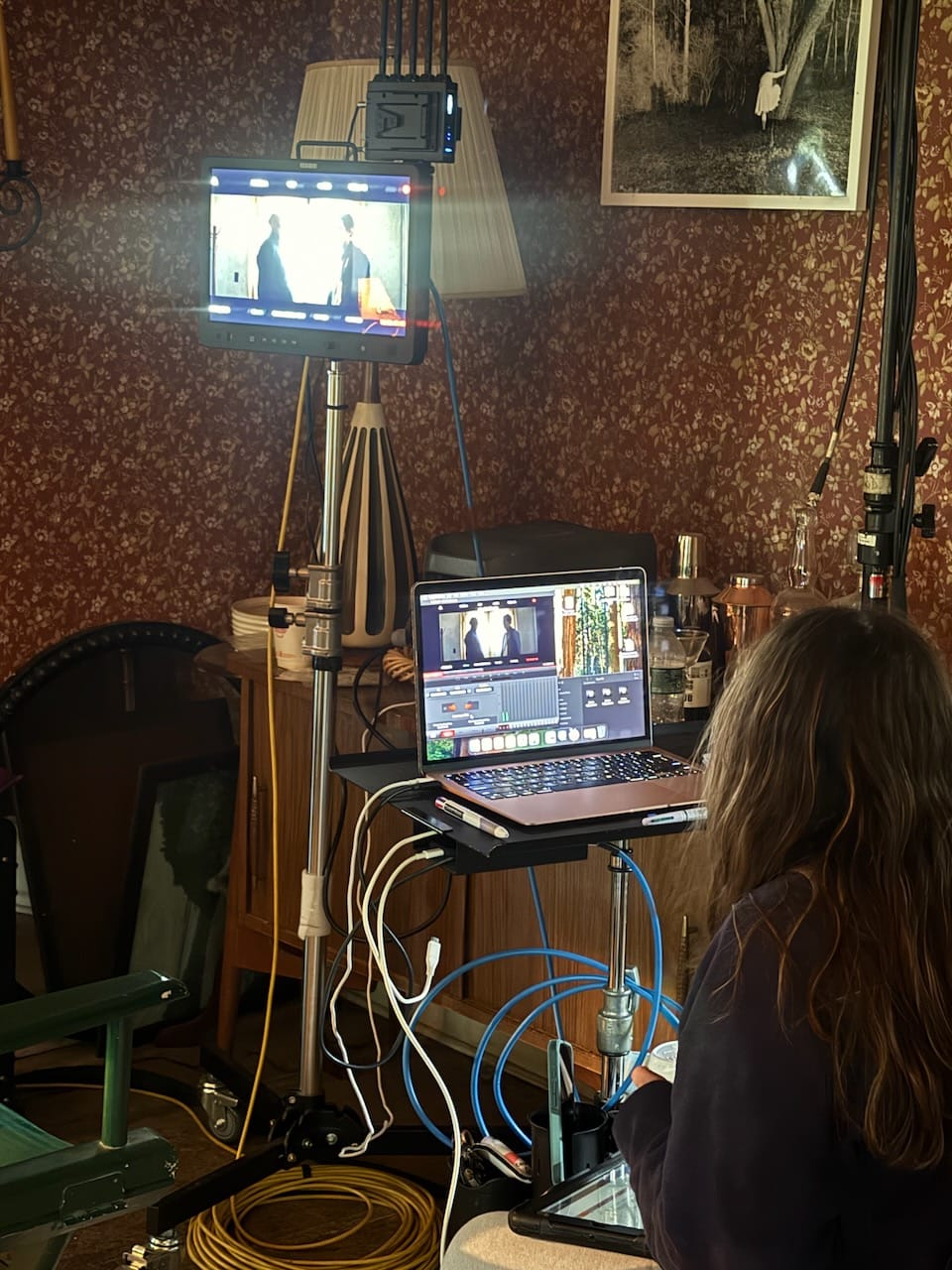
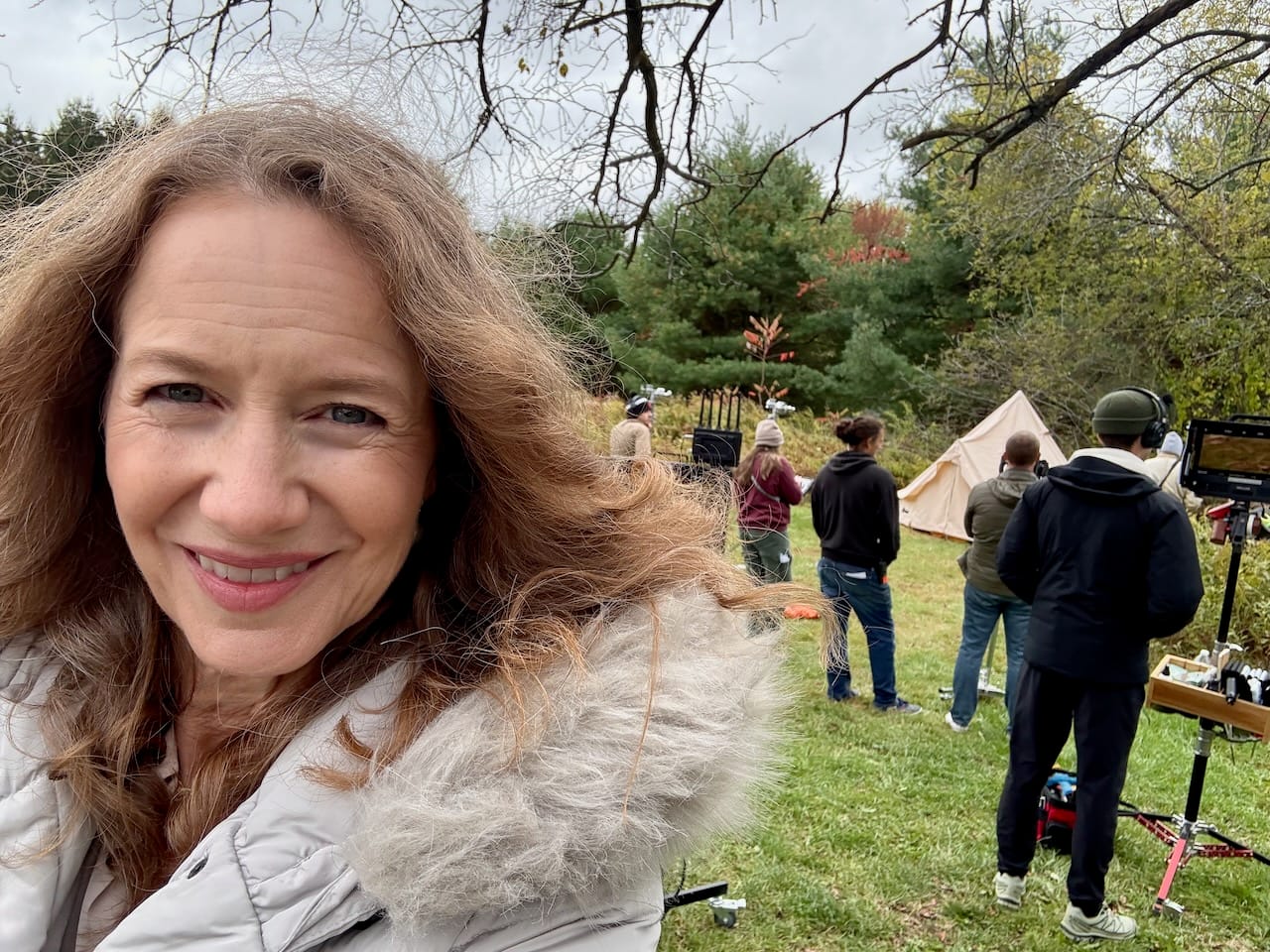
These are passion projects. Sometimes self-financed, these are stories that mean something to their makers. One of the saddest losses in the evolution of our industry is having studio heads who loved movies and needed to make good ones. If Apple has a bad year in film and TV, they can just write it off and sell more phones.
What's changed?
– Accessibility
I've been saying for years that anyone with an iPhone and a YouTube channel can be a filmmaker now. The rise of "Verticals" (soap opera-type 1-3 minute micro-episodes designed for phone viewing) has taken that idea into a direction I hadn't foreseen. The union's many contractural tiers have made SAG-AFTRA actors affordable to even student films.
– The employment pool
Actors are taking work that would have been unheard of not long ago. Oscar winners and box office idols are appearing in TV shows. Meryl Streep, 3-time Oscar winner and 21-time nominee, is a recurring character on Only Murders in the Building – available on the Hulu streaming service.
It can be exciting to see movie stars in commercials, TV guest star roles, and as game show hosts, but that doesn't leave much work for the rest of us. Even as more and more of us lose our health insurance and have to find supplemental employment, most of us would still rather work on a movie or show than do most other things. IYKYK. So, we take the work that's available, even if it doesn't pay a basic living wage.
Subscribe to the Know Small Parts Newsletter and get Chapter 2 – Breaking Down the Scene of my book as my gift to you!
Lower budgets lead to people wearing many hats in an industry that's been built by specialists. I don't touch the lights, and the lighting crew doesn't tell me how to say my lines. But smaller budgets can mean the financier, producer, director, writer, and star can all be one person. I've even worked with a producer who made food for the cast and crew several times. As a result of people having to chip in more, the cast and crew tend to spend more time together on a more equal footing – which can lead to more bonding and make the whole experience worth it, even when days get long and times get tough.
– The setting
I'm not in L.A. Louisiana has been part of the film industry since the silent era's, Tarzan of the Apes, was shot here in 1918. The unique plant-life, architecture, and culture of the state and its soul – New Orleans – have provided settings for 1964's Hush... Hush, Sweet Charlotte and 1994's Interview with the Vampire starring Tom Cruise and Brad Pitt. Pitt returned for The Curious Case of Benjamin Button.
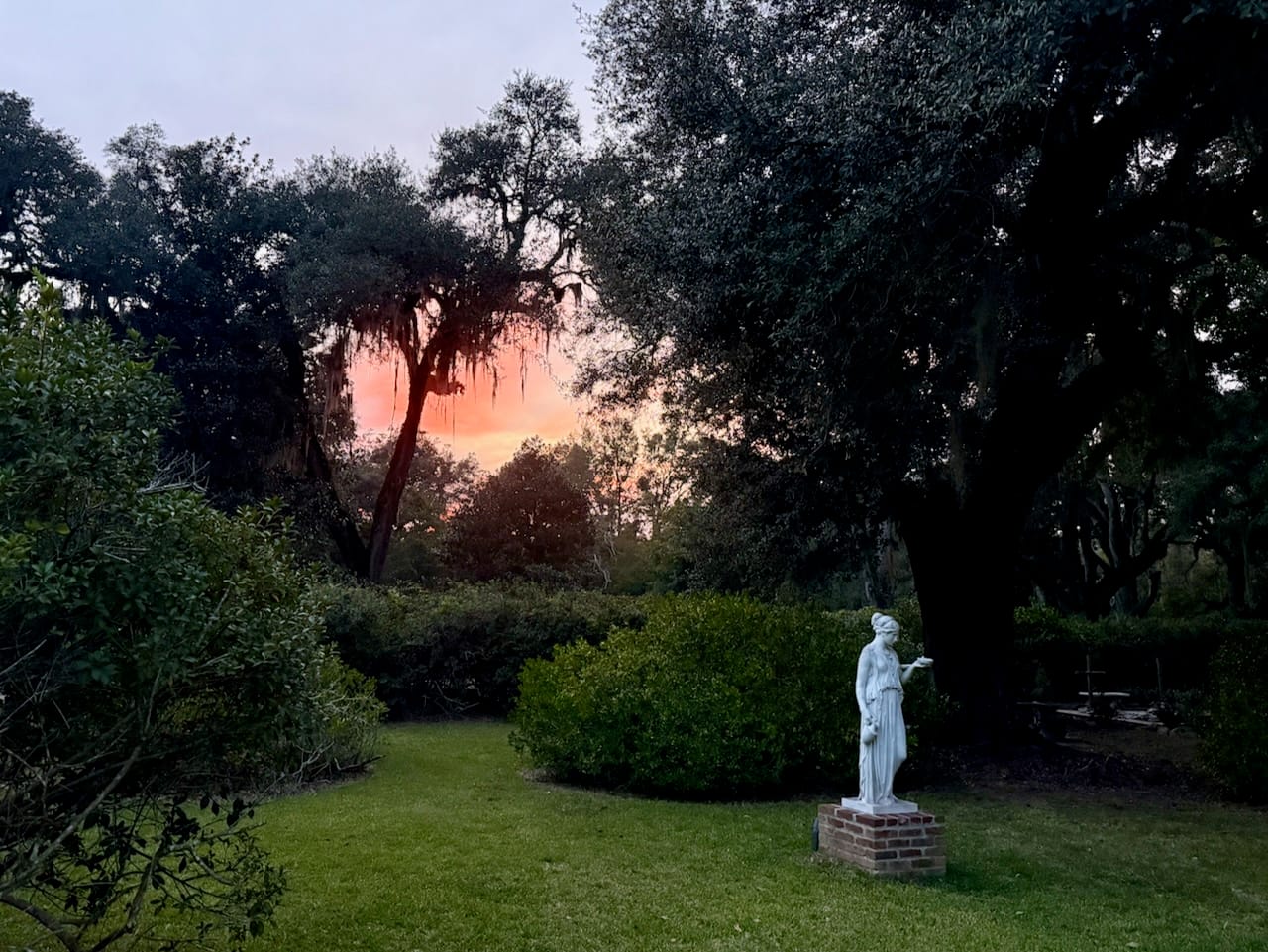
Not only does the state provide lush, yet decaying foliage and equally magical decaying buildings, the cast and crew of the project get to work in a place rife with everything from wild boar hunting to listening to live music on a street corner.
New Orleans is often incentive enough to get people from the other L.A. to take a project. Who doesn't want free travel and accommodations to New Orleans? It's like winning a prize. If the budget is high enough and you've had to travel, you might even get per diem money for expenses.
– The incentive
Louisiana was the first state to offer a film tax incentive program in 1992. In the 2010s, Louisiana adopted new tax incentives that led to a boom in production, pushing our state to the top of the list. Giant projects like Jurassic World, Dawn of the Planet of the Apes, 12 Years a Slave, Girls Trip, and, my very-biased favorites, Now You See Me and Django Unchained, filmed in and around New Orleans. TV shows included NCIS: New Orleans, Mayfair Witches, Scream Queens, Your Honor, and, my very-biased favorites – Treme and Queen Sugar.
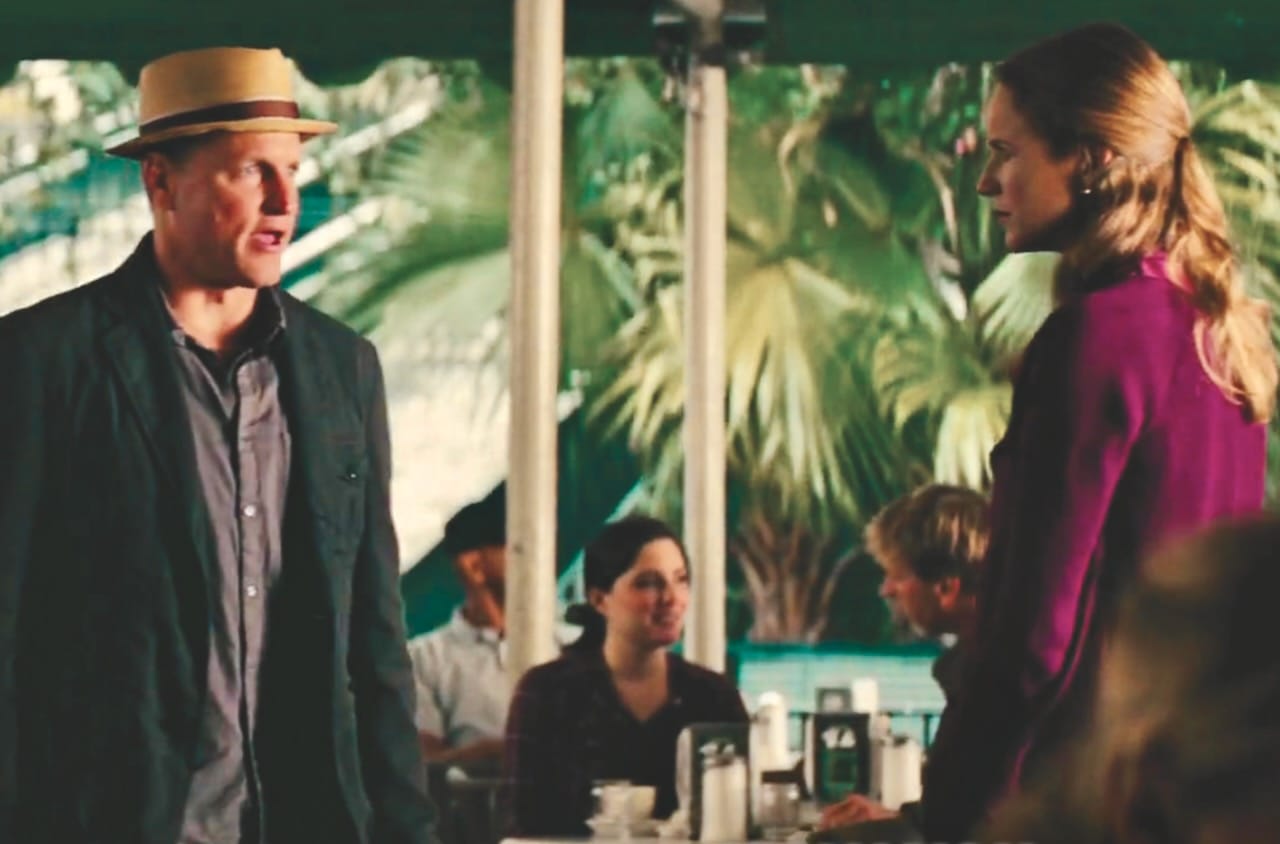
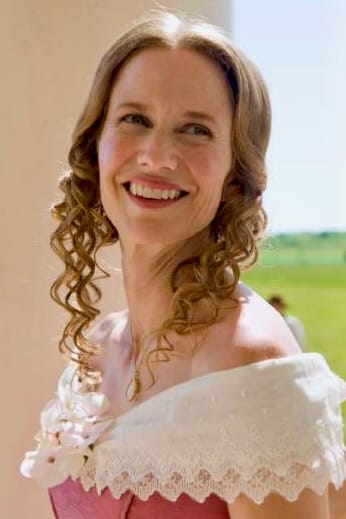
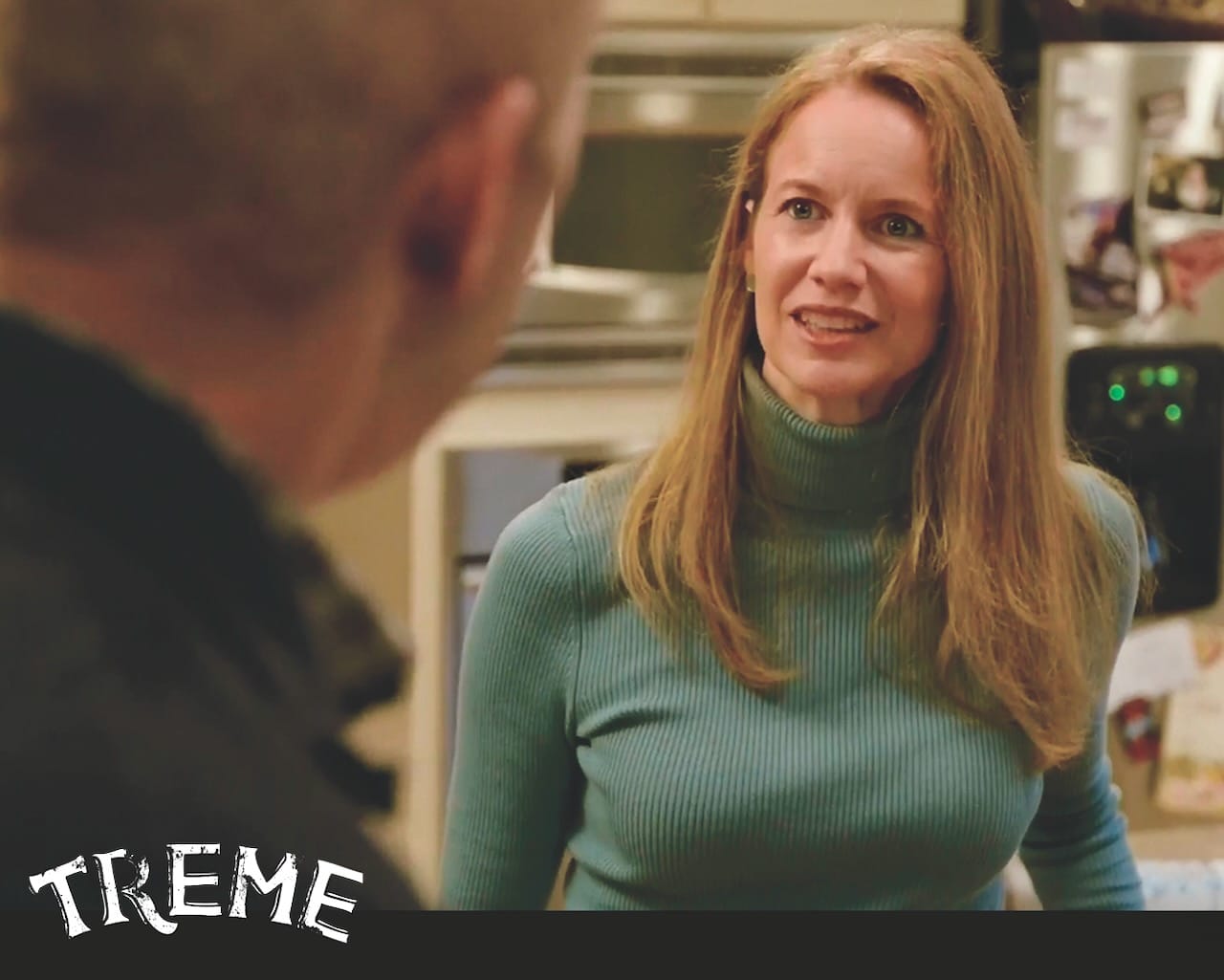
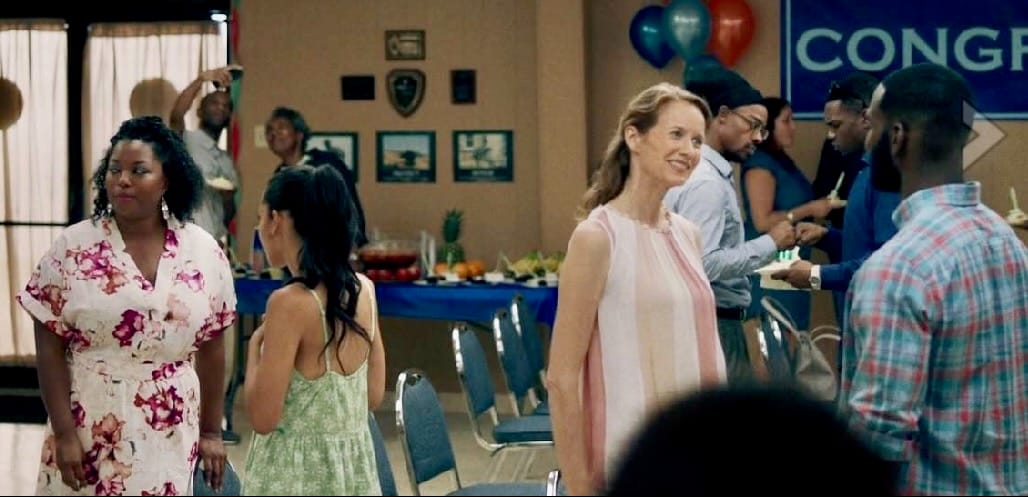
Now You See Me, Django Unchained, Treme, Queen Sugar
In 2015, politics interfered, creating instability and new limits – erasing progress and eventually scaring off production.
This year, the incentive program has once again been overhauled – with credits of up to 40% on local spending and an additional 5% for projects that keep their production offices and 60% of principal photography in-state but outside of New Orleans.
– The vision
Hollywood is undoubtedly suffering a work slowdown. Empty soundstages are being rented for Bar Mitzvahs and pickleball. It's somehow cheaper to fly Rob Lowe and 100 game show contestants to Ireland than to shoot The Floor in L.A.
But lots of people I know are shooting right now. I'm currently in St. Francisville, LA where the population is 1,557 – but there are 2 movies filming here right now. There was a Margaret Qualley/Patrick Schwarzenegger film shooting down the street from me when I left New Orleans.
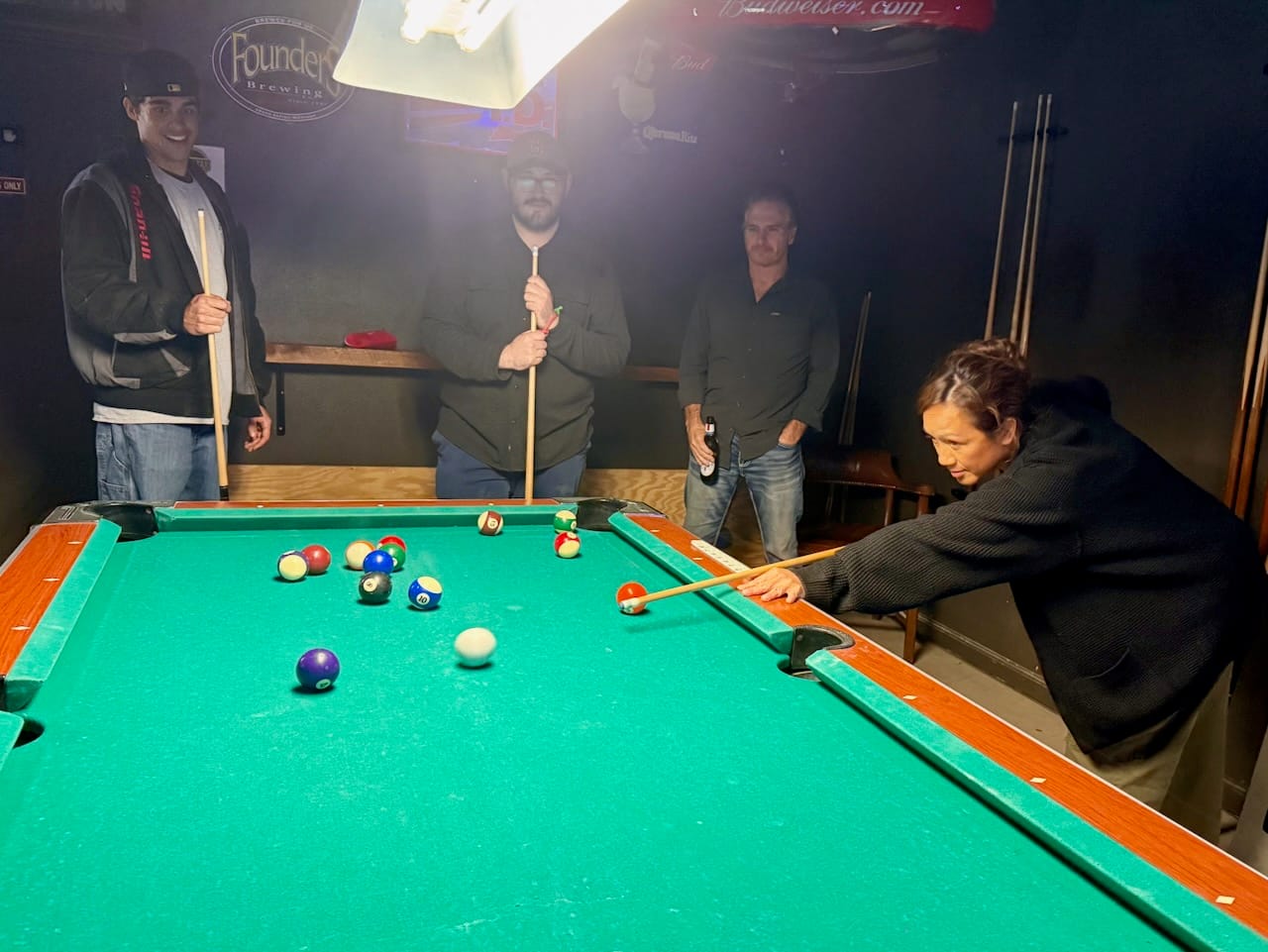
And Claws, the movie I did a few weeks ago, shot in Upstate New York. Having followed a number of people from the production on Instagram, I now see postings weekly for films shooting in their area.
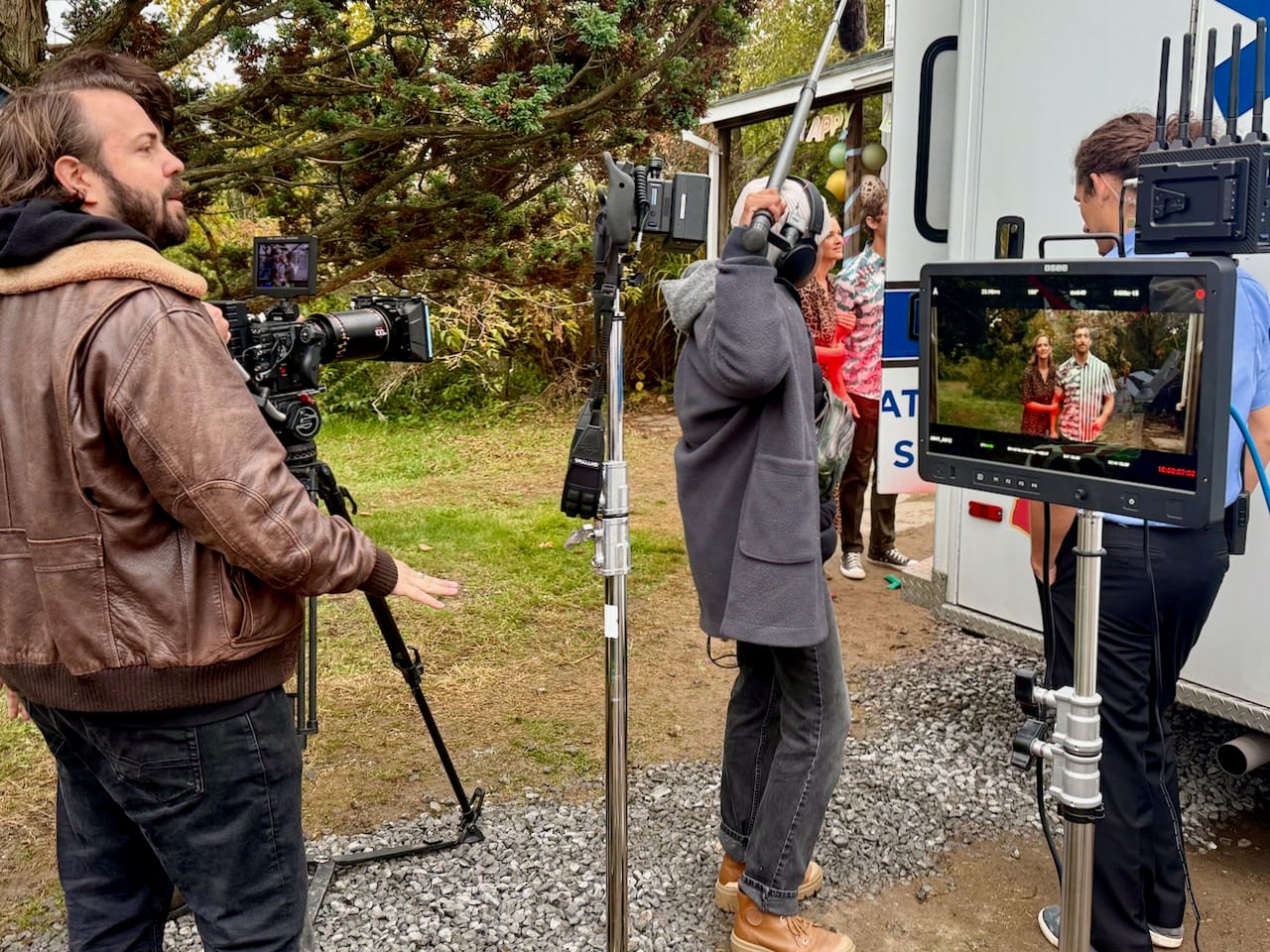
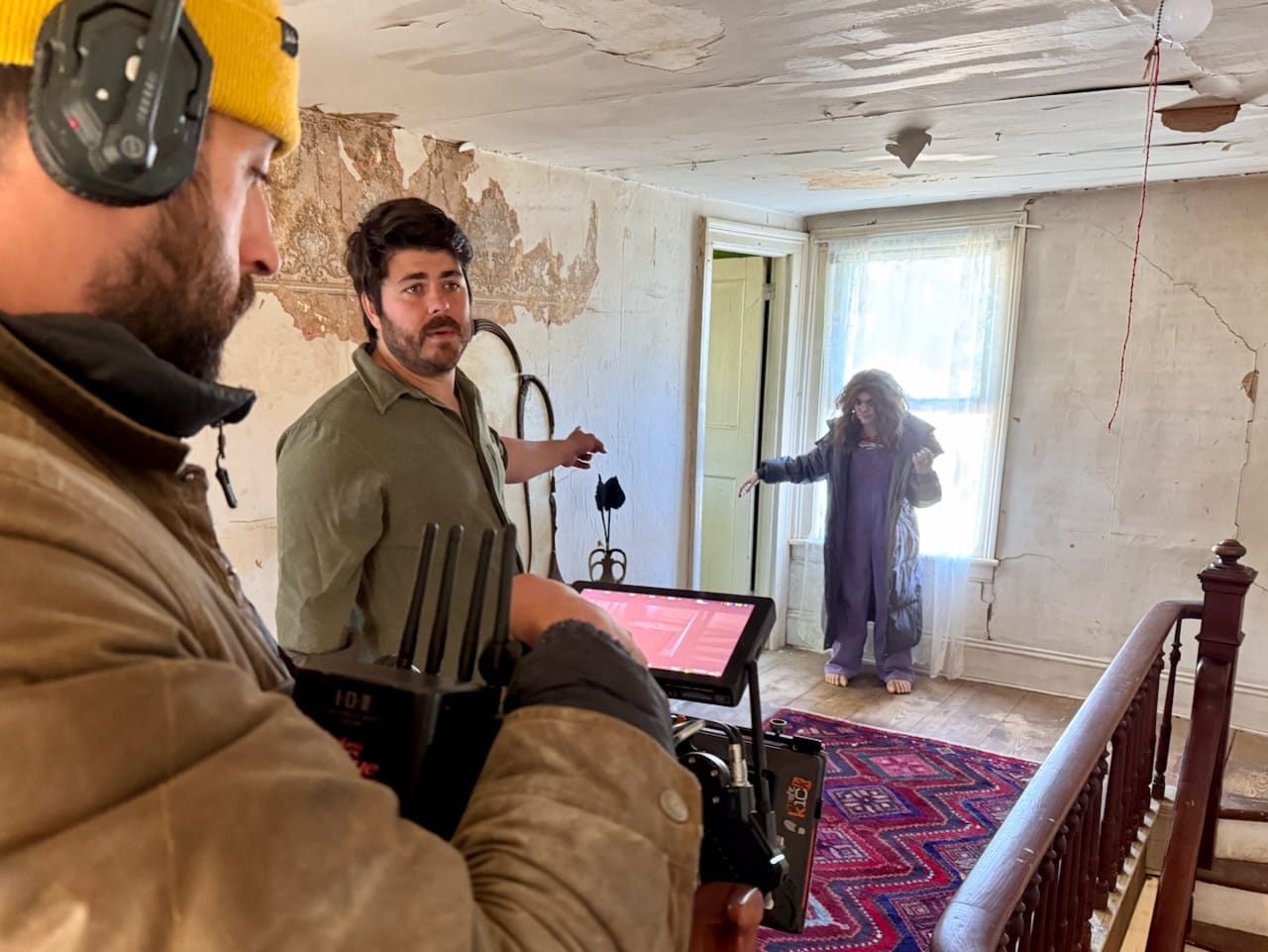
Claws
Just like in the 1950s, 70s and 90s, it's hard to know what's happening – but it feels history is repeating as independent filmmakers are becoming more empowered to make their films their way while star-vehicles are crashing at the box office.
It feels like a time of daring to dream. Filmmakers having direct access to everything from cheap equipment to viewers – making shooting film and TV more accessible to storytellers. Truly, "anyone with an iPhone and a YouTube channel can be a filmmaker now."
The downside
Some of these new lower budget contracts (Ultra Low Budget (ULB), student films, short films) do not qualify towards SAG-AFTRA eligibility. That means you could feasibly work all year on ULB and other newer film contracts and still not be able to get into the union.
For members, because our health insurance is based on income – you could work these contracts throughout a year and not make enough to qualify for health insurance – or enough to just make a living wage.
Get a subscription to the Writing Unblocked Newsletter and get the Writing Unblocked ebook as my gift to you!
And as more of these lower budget projects get made, our collective experience of entertainment further fractures. We no longer gather in front of televisions waiting for our favorite shows to come on nationwide. Twin Peaks, Friends, and other cultural touchstones are now binge-watched alone in a weekend. Why wait in line for the latest action comedy to come to your local theater when you could just order it up with the push of a button? What used to be a shared culture of entertainment has become niche.
What next?
It's never been harder to say what's next for our industry. Even if we could use other new media to predict outcomes for Verticals and other innovations, there is no precedent for the potential impact of AI. You could compare this moment to when the silent film era became talkies, or black & white became technicolor, but it wouldn't capture the capacity for reimagining the entire process of creating films and TV shows from inception to consumption.
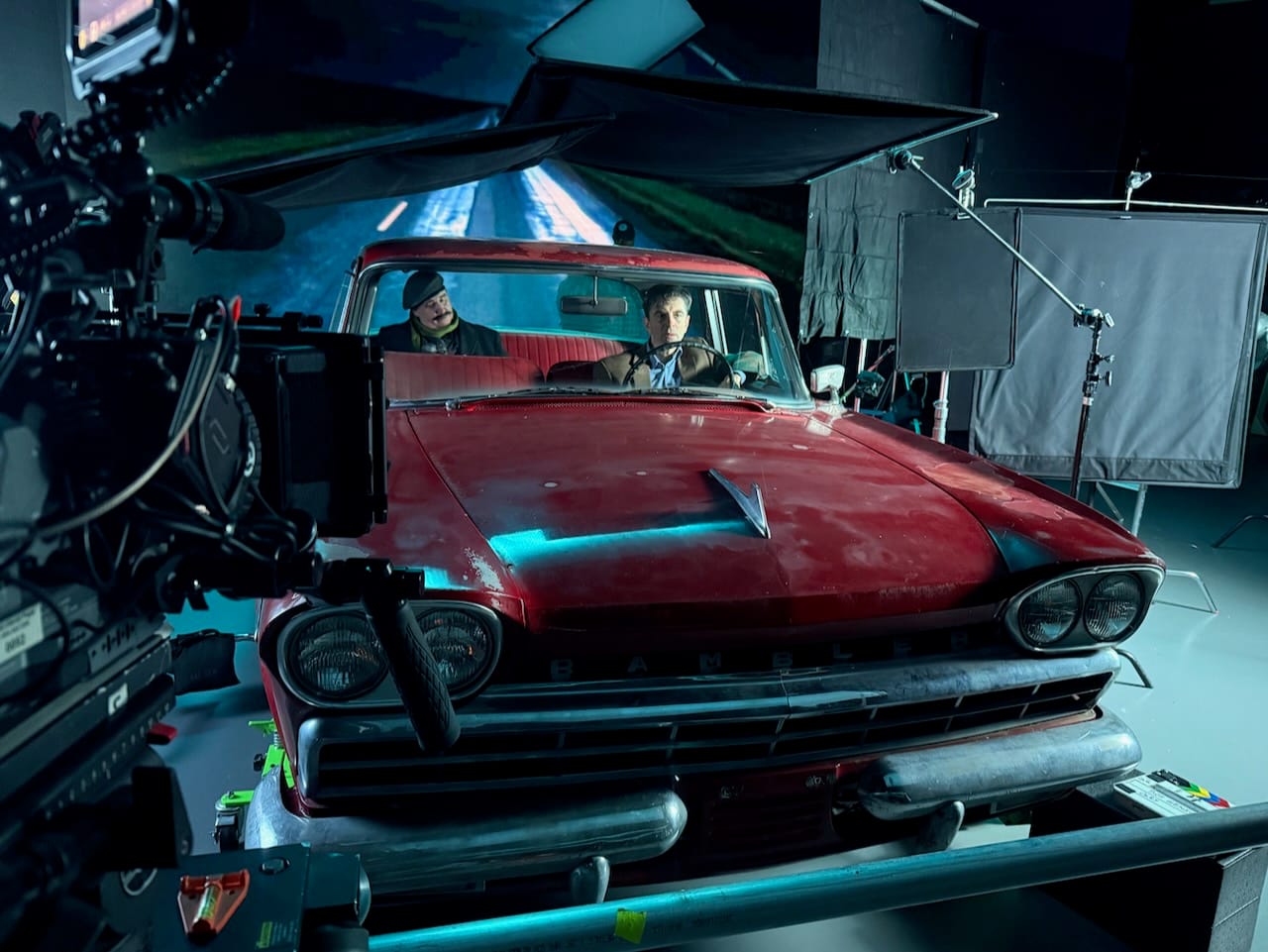
When I first saw James Cameron's The Abyss in 1989, and watched water become tube-like, then snake down a submarine's hallways until it reached Mary Elizabeth Mastrantonio's face... and morphed into her face – I knew something profound was changing in movies. In 1991, James Cameron released my pick for best sequel ever (and an amazing movie without even seeing the first one) – Terminator 2: Judgment Day (I saw it in the theater 13 times in the first few weeks). By the end of the (incredible!!!) movie (go Sarah Connor!), a "man" had morphed into liquid metal, shattered into a million pieces of frozen metal, and extended himself into knives, hooks, and other weaponry. I knew then that we'd entered a new era where – if you could imagine it, you could film it.
By the time we got from 1993's Jurassic Park to James Cameron's Avatar in 2009, it was obvious that storytelling itself had changed. You could quite literally bring your dreams to life. AI has now put that power in the palm of your hand. We have entered a new era beyond any of our imaginings. So, try stuff. Shoot stuff. Make stuff. Learn stuff. And when it makes sense, show your stuff to world.
Truly – no one knows what's next. Maybe it's you.
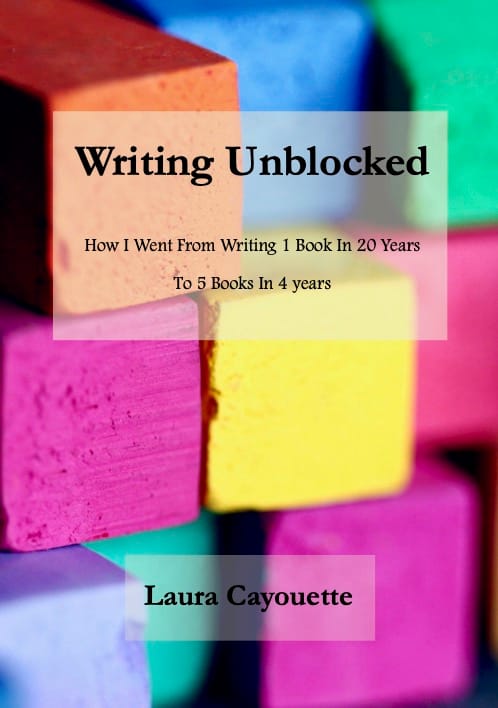
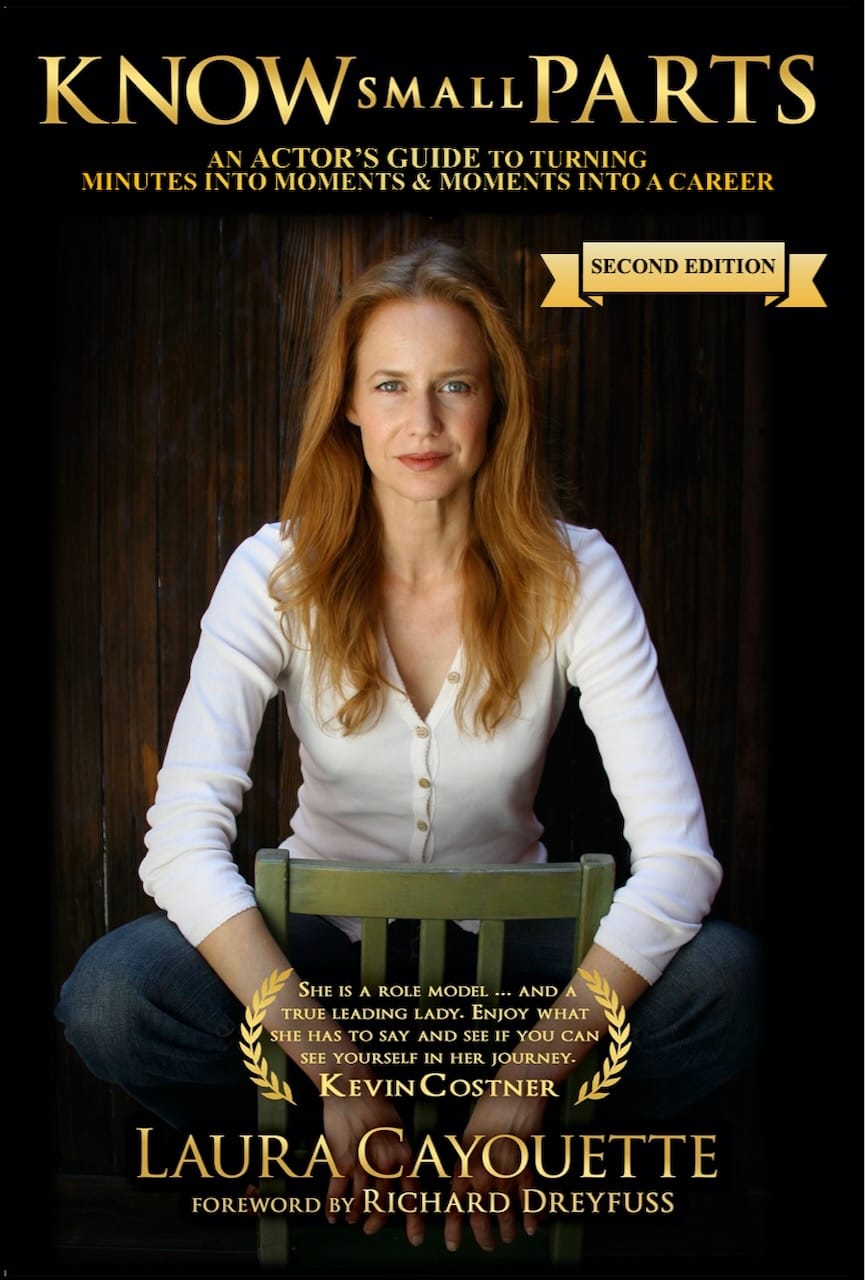

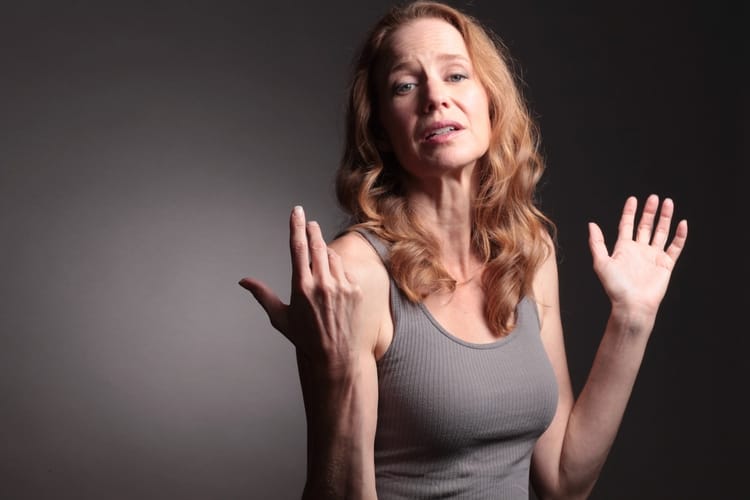


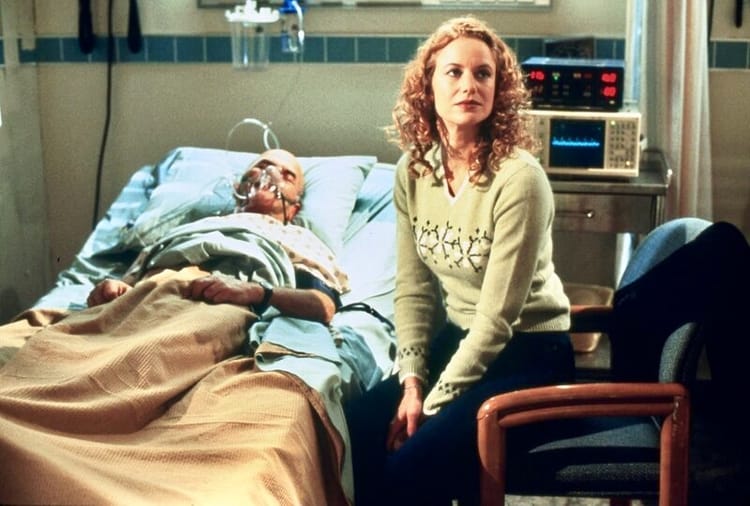
Member discussion